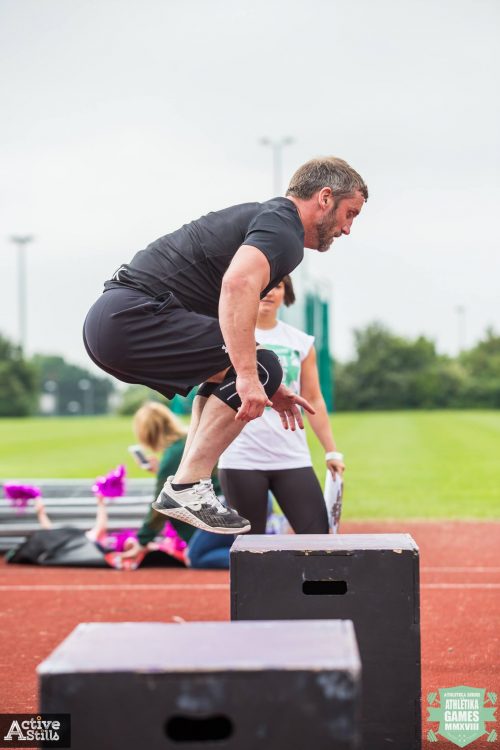This morning I was coaching one of my regular Personal Training Clients in Sunningdale. Due to my client having a competition in the upcoming few weeks, the volume has been slightly decreasing. During the session itself, my client turned to me and (a little out of breath) asked me, “how come it’s so tiring, I’m not even doing that much”. The reason? Purpose and intent. These are two words we have built into our training and something that can drive adaptation without flattening any energy you had left for the day. So, what do I mean by “Purpose and Intent”?
Purpose in Your Training Sessions
For the sake of this phrase, purpose lends itself to technique. Making sure you are focused on the reason for why you are doing an exercise is essential. Lets’ take for example, a back squat. Sure, you could load up a bar and go through the motions, you roughly hit depth, your back is pretty neutral and the bar stays balanced on the shoulders. Do you get the work done? Yes. Do you move with purpose? No.
Now, lets continue with the back squat example. We will load the bar up just the same, focus on weight sitting through the heel, big toe and little toe, squeeze the bar tight into your back, control to full depth and drive back out with speed and control. Now you are moving with purpose. The same can be linked to any movement, running drills, Olympic lifts, gymnastics, Pilates, yoga. Whatever the movement or session, ask yourself are you moving with purpose??
Intensity Drives Adaptation
This ultimately stems from a pet peeve of mine! The use of volume to mask intensity or intent in training, whether it be within a set itself or across a session or training plan. Yes, this will differ with the goal, obviously some things require greater volume than others. However, intensity, not volume drives adaptation. Volume or volume load is quite often the cause of over reaching or overtraining.
While intensity in terms of weight, speed or % is goal dependant, intent is not. Intent is to complete the exercise to the best of your ability. While purpose refers to hitting the correct technique, intent refers to the point of the exercise. Again, going back to our back squat, focusing on exploding out the hole in each and every rep is a sign of intent. Think of Russian step up, driving your foot forcefully into a box and snapping your knee high is a sign of intent. Moving with intent will allow your intensity to be at the right level for the designed adaption. To look further into this, low force, long lasting contracting elicit greater levels of fatigue that high force, powerful movements. You don’t (necessarily) need loads of volume if you move with intent.
Move with Purpose and Intent
Okay I’ve repeated those words enough now! But you will still feel like you’re working, you just won’t fatigue the hell out of yourself! Hopefully you get the picture. if you want any more information on personal training or feel you need some guide on either of the above, please get in touch.
